
Introduction
In the digital age, the term “algorithm” often conjures images of complex computer programs and artificial intelligence. However, the roots of algorithms stretch back thousands of years, tracing a fascinating journey through ancient civilizations that laid the groundwork for modern technology. From Babylonian clay tablets to Greek mathematical treatises, this article explores the history of algorithms, their development across cultures, and their enduring impact on contemporary computing and problem-solving.
Read From Signals to Smartphones: A Communication Journey
The Birth of Algorithms: Ancient Civilizations
- Babylonian Beginnings: The Oldest Algorithms
- The earliest evidence of algorithms can be found in ancient Mesopotamia, particularly in Babylonian mathematics dating back to around 2500 BCE. Babylonian clay tablets contained step-by-step procedures for solving mathematical problems, including division and multiplication.
- YBC 7289: One notable tablet, known as YBC 7289, showcases an understanding of the Pythagorean Theorem long before it was formally introduced by the Greeks. This tablet illustrates how ancient Babylonians used algorithms to solve geometric problems, demonstrating their advanced mathematical knowledge.
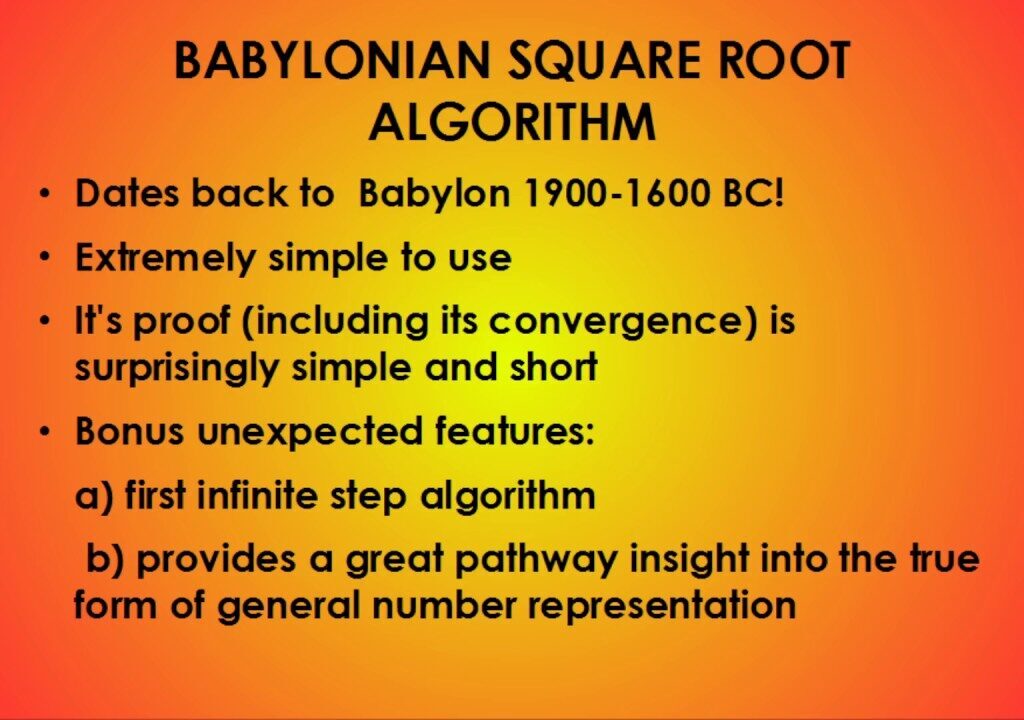
- Egyptian Contributions: Practical Algorithms
- Ancient Egyptians also contributed significantly to algorithmic thinking. The Rhind Mathematical Papyrus, dated around 1550 BCE, contains algorithms for various arithmetic operations and practical applications such as land measurement and taxation.
- Example Algorithms: The papyrus outlines methods for calculating areas and volumes, providing insights into how Egyptians used algorithms to solve everyday problems related to agriculture and construction.

- Greek Innovations: Formalizing Algorithms
- The Greeks took algorithmic concepts further by formalizing them in mathematical texts. Euclid’s Elements, written around 300 BCE, introduced the Euclidean algorithm for finding the greatest common divisor (GCD) of two numbers.
- The Sieve of Eratosthenes: Another significant Greek contribution is the Sieve of Eratosthenes, a method for identifying prime numbers. This algorithm not only showcased the Greeks’ mathematical prowess but also laid the foundation for modern number theory.

The Middle Ages: A Flourishing of Knowledge
- Al-Khwarizmi: The Father of Algebra
- In the 9th century CE, Persian mathematician Al-Khwarizmi wrote influential texts that introduced systematic methods for solving linear and quadratic equations. His name is the source of the term “algorithm,” derived from his Latinized name.
- Algorithmic Foundations: Al-Khwarizmi’s work emphasized step-by-step procedures for problem-solving, establishing a framework that would influence mathematical thought for centuries.
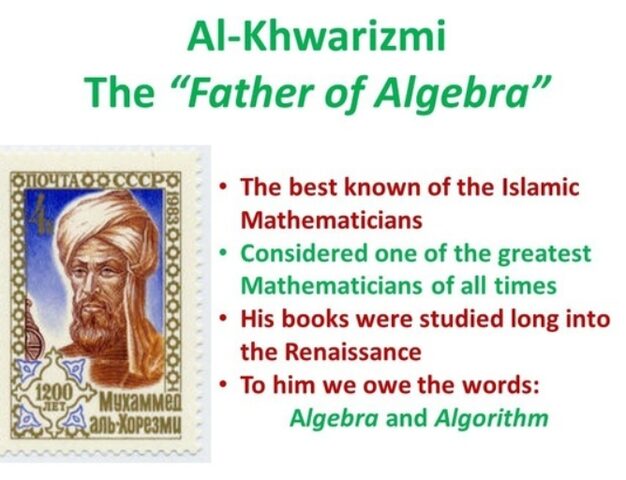
- Arabic Mathematics: A Bridge to Europe
- During the Islamic Golden Age, scholars translated and expanded upon Greek and Indian mathematical works. This period saw significant advancements in algorithms related to astronomy, navigation, and commerce.
- Al-Kindi’s Cryptography: Al-Kindi’s manuscript on cryptography introduced early methods for deciphering encrypted messages using frequency analysis—an algorithmic approach that laid groundwork for modern cryptography.
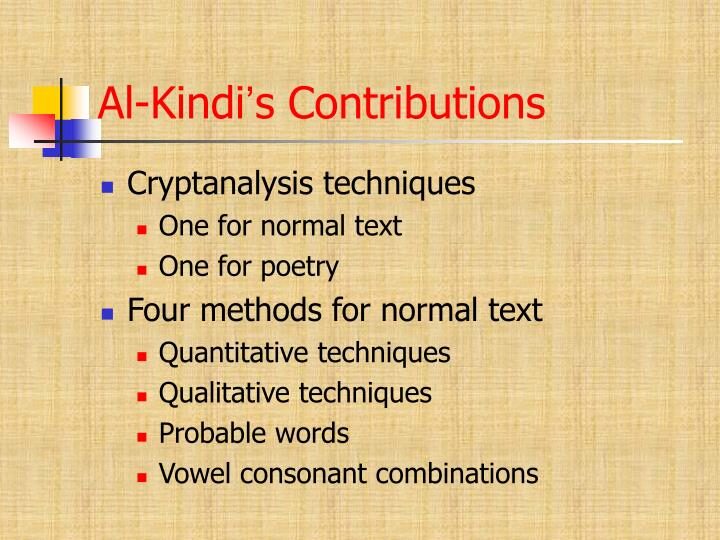
- The Renaissance Resurgence
- The revival of classical knowledge during the Renaissance led to renewed interest in mathematics and algorithms. Scholars like Fibonacci introduced Hindu-Arabic numerals to Europe through his book Liber Abaci, which simplified calculations compared to Roman numerals.
- Mathematical Evolution: This period marked a shift toward more abstract mathematical concepts, setting the stage for future developments in algorithmic thinking.
The Enlightenment and Beyond: Algorithms in Action
- Newton and Leibniz: Calculus and Beyond
- The development of calculus by Isaac Newton and Gottfried Wilhelm Leibniz in the late 17th century introduced new algorithmic techniques for solving problems related to rates of change and areas under curves.
- Formalization of Algorithms: Their work laid the groundwork for more complex algorithms that would later be utilized in physics and engineering.
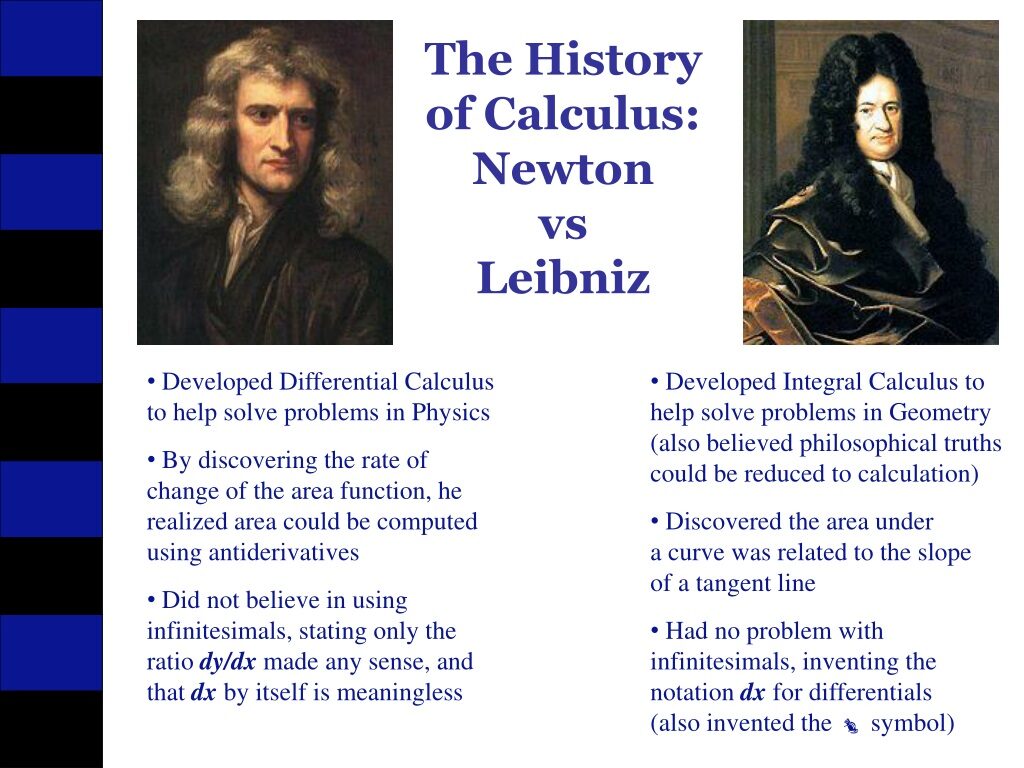
- The Birth of Computing: Babbage and Lovelace
- In the 19th century, Charles Babbage designed the Analytical Engine, considered the first mechanical computer. Ada Lovelace wrote algorithms intended for this machine, earning her recognition as history’s first computer programmer.
- Legacy: Babbage’s vision combined with Lovelace’s pioneering work established foundational principles that continue to underpin modern computing.
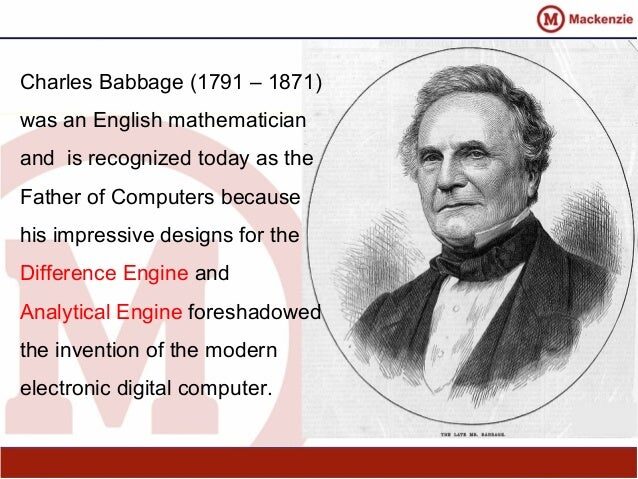
- 20th Century Breakthroughs: Turing and Beyond
- Alan Turing’s work during World War II on code-breaking algorithms showcased their practical applications in cryptography and intelligence gathering. Turing’s concept of a universal machine laid the theoretical groundwork for modern computers.
- Algorithmic Complexity: As computing evolved, so did our understanding of algorithms’ complexity—leading to developments in fields like artificial intelligence and machine learning.
Modern Applications: Algorithms in Everyday Life
- Algorithms in Technology
- Today, algorithms are integral to various technologies we use daily—from search engines like Google to social media platforms that curate content based on user preferences.
- Machine Learning: In artificial intelligence, algorithms enable machines to learn from data patterns, making decisions or predictions based on previous experiences.
- Cryptography and Security
- Modern cryptographic algorithms protect sensitive information online through encryption methods that ensure data privacy and security.
- Public Key Cryptography: Techniques developed from ancient algorithms have evolved into complex systems that secure communications across digital platforms.
- Healthcare Innovations
- Algorithms play a crucial role in healthcare by analyzing patient data to improve diagnostics, treatment plans, and predictive modeling for disease outbreaks.
- Personalized Medicine: Machine learning algorithms are increasingly used to tailor medical treatments based on individual genetic profiles.
Read From Signals to Smartphones: A Communication Journey
Conclusion
The journey from ancient algorithms to modern technology is a testament to humanity’s ingenuity and quest for knowledge. From Babylonian clay tablets inscribed with mathematical procedures to contemporary machine learning systems that drive artificial intelligence, these foundational concepts have shaped our understanding of problem-solving across cultures and eras. As we continue to navigate an increasingly digital world, it is essential to recognize the historical roots that inform our current technologies. By appreciating this rich legacy, we can better understand how ancient wisdom continues to influence our lives today—and perhaps inspire future innovations yet to come.
Related Websites
- Wikipedia on Algorithms – A comprehensive overview of algorithm history and development.
- History.com – Insights into significant figures in algorithm history.
- Khan Academy – Educational resources on algebraic concepts related to algorithms.
- Computer History Museum – Explore exhibitions detailing the evolution of computing technologies.
- MIT OpenCourseWare – Free courses on algorithms from one of the leading institutions in technology education.
By tracing this remarkable journey through time—from ancient civilizations’ early problem-solving techniques to today’s sophisticated digital technologies—we gain valuable insights into how far we’ve come while recognizing that our quest for knowledge will continue shaping our future innovations.

